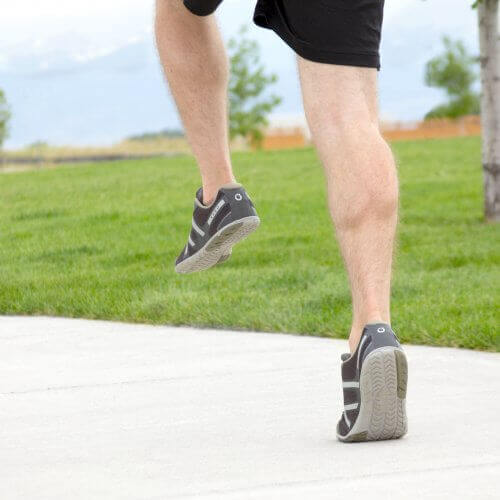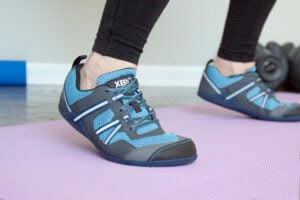How to Avoid Injuries with Minimalist Shoes – Xero Shoes

How To Avoid Injuries When Transitioning To Minimalist Shoes
by Danny Dreyer, Founder of ChiRunning/ChiWalking, www.chirunning.com
Updated: July 22, 2022
The minimalist running shoe boom, a trend that the pain-free ChiRunning technique welcomes, has led to a discussion about the issue of running injuries. There have been reports of new types or increased rates of injuries resulting from running in minimalist running shoes. This is ironic, since the reason many people have been inspired to try minimalist shoes is to prevent or alleviate injuries.
I’m a fan of minimalist running shoes. But they aren’t magic. The idea that switching to minimalist shoes will, all by itself, keep you from injury is wishful thinking. They can indeed help you learn to run in a way that is easier on your body. But it is important to understand how minimalist shoes help — and how you can cooperate in the process.
So I’m going to first explain why switching to minimalist shoes might lead to injuries in some people. Then I’ll explain how minimalist shoes can actually make you a better runner who is less likely to experience injuries.
“Better” Shoes Lead to Bad Habits
In order to understand why minimalist shoes can lead to problems, we first need to talk about the more common running shoes people are used to. Why? Because when you get used to running in certain kinds of shoes, you actually get used to running with a certain form. Form is where all the action is, as I will explain a bit later.
But first, let me tell you about “traditional” running shoes. As “power running” became widespread in the ‘80s and ‘90s, running shoes grew clunkier and thicker. Shoe companies taught us that more cushioning equaled better protection from ground reaction forces for a lowered injury risk.
You can see the logic here. It seems obvious to everyone that running involves a lot of impact with the ground and that impact is connected to various kinds of running-related injuries. Cushioning should help to reduce impact, which in theory should lead to fewer injuries connected with it. So conventional shoes have continuously added more of it.
That’s the theory. In reality, the excess padding in conventional shoes doesn’t actually reduce impact forces and it inhibits our ability to feel the impact of our foot strikes and the subsequent damage we may be doing to our bones, joints, and muscles with each step. It is easy to end up with a form that generates a lot of impact force but we just don’t notice it because of the cushioning.
Research has provided evidence to support this. A study by Dr. Daniel Lieberman found that the cushioned, elevated heel of “traditional” running shoes encourages runners to use a rear-foot strike with greater collision forces compared to the mid- or fore-foot strike and smaller collision forces of barefoot runners.
And what about injury risk with those heavily-padded running shoes? We can at least say this much. Injury rates for runners do not seem to have decreased over the years, even as padding has become more pronounced. Somewhere between 30-70% of runners are injured each year.
The really important thing to notice here is this: there are different ways to run and different foot strike patterns. Conventional shoes seem to encourage running with a form where the heel strikes first.
How Can Minimalist Shoes Lead to Injuries?
Many people have become interested in minimalist shoes because they have heard that they are more natural and better for you. Always in search of the magic bullet, people tend to go to extremes when they hear of something promising. It happens with diets, with politics, and in this case, with running shoes.
When you take a runner who is used to running in thick-soled conventional running shoes and landing on the heel and put him or her in a pair of minimalist shoes with very little padding, you can easily see the potential for problems. If that runner continues to heel strike, with their foot landing in front of their body, the impact forces that used to be somewhat blunted by the thick padding are now sent jarringly through the bones of the foot, ankle, and knee. That will take a toll on the body.
One of the things that helped inspire the barefoot running movement and a greater interest in minimalist footwear was the book Born to Run. In it, author Christopher McDougall told the story of how he loved running but had been plagued by injuries. He happened to hear about a tribe in Mexico famed for both long-distance running and general well-being and decided to investigate.
He found, to his surprise, that they ran in thin, basic sandals without any support (called huaraches). The key conclusion he draws in the book, however, is this: it wasn’t so much the fact that they ran in sandals that kept them injury free. Rather, it was the form that the sandals encouraged them to adopt that was the key.
In brief, McDougall argues that form is the key factor and form follows footwear.
So simply changing the type of running shoes you are wearing isn’t going to help you all by itself. Indeed, it can even make things worse.
Here’s How Minimalist Shoes May Help Prevent Injuries

ChiRunning has advocated for minimal shoes since 1999, but always with the caveat of one of the pain-free ChiRunning technique’s main tenets: Gradual Progress.
Putting on a pair of minimal shoes does not automatically change years of movement patterns you have established. The truth is running in minimal shoes or barefoot shoes will give you form feedback that overbuilt shoes won’t. The key to preventing injury lies in responding to this feedback by making adjustments to your technique.
In other words, minimalist shoes allow you to actually feel what is going on in your body. When you don’t have a lot of padding to cover it up, crashing your heel into the ground hurts. Paying careful attention to what you’re feeling and being willing to adjust your form accordingly is the key to adopting a form that will be gentle on your body and minimize your chances of injury.
Practical Tips for Getting Started with Minimalist Shoes without Injury Risk
For a healthy transition, follow these tips to avoid overuse injuries that can plague minimalist or barefoot runners:
- Take it slowly and don’t expect to be running your current mileage as you switch from your current shoes to barefoot running or minimalist shoes.
- If you’re transitioning to barefoot running, do it on a hard surface or a track and not on grass (contrary to popular opinion). Because grass offers such a soft surface, it can be difficult to tell if you’re heel striking. Running on a hard surface will give you immediate form feedback and “force” you to land softly or suffer the pain.
- If you go cold turkey and toss your old shoes in exchange for minimalist or barefoot running, start by running very short distance intervals, such as 200m or less, just to see how it feels. Then, walk for the same distance. This helps toughen your feet without creating as much impact as running.
- Switch back and forth between walking and running as your body allows. The 10% increase rule applies here – start with very short runs and add no more than 10% of an increase in mileage (or time on your feet) in one week.
- Be very cautious if you’re switching to minimalist or barefoot running if your BMI is 25 or higher, as the increase of impact to unprotected feet magnifies significantly if you’re overweight. If your BMI is 30+, you might consider losing some weight before switching to the minimalist approach. Try walking in minimalist shoes first and increase your mileage slowly.
- For at least the first month, do most, if not all, minimalist or barefoot runs on level ground, not on hills. Running uphill places increased stress on your Achilles’ tendons, while running downhill places more impact and stress on your plantar fascia, the soft tissues of the bottoms of your feet, as well as your calves and your shins.
- Make sure you are running with biomechanically correct running form on the first day of your switch to minimalist or barefoot running.
- Shorten your stride
- Don’t heel strike – land midfoot
- Keep your knees bent
- Relax your lower legs throughout your stride cycle
- Maintain good posture with a slight forward lean from the ankles
When approached mindfully, there is no reason why anyone should suffer injury from switching to barefoot or minimalist running. Without the extra bulk and padding, your body will truly sense what the ground feels like and respond accordingly. Educate your feet gradually, and allow your body to adapt at its own pace.
Ready to make the transition? Find the perfect pair of Xero Shoes for your journey.
The content of this post does not constitute and is not intended to be a substitute for professional medical advice, diagnosis or treatment. Always seek the advice of a physician or other qualified health provider with any questions or concerns you may have about your health or a medical condition.
Answers to a Couple Common Questions
Are minimalist shoes the same thing as barefoot shoes?
They can be, but manufacturers are not always consistent in the way they use these terms to describe their running shoes. In the most basic sense, minimalist shoes are supposed to be just what they sound like: as little shoe as possible to do what a shoe’s primary function is — to protect your foot.
True barefoot shoes will have three key features.
- They’ll be zero-drop, meaning there is no elevated heal but they have the same level of padding from heel to toe.
- They will have minimal padding to allow your foot to feel and interact with the ground naturally.
- They’ll have a wide toe box to give your feet the room they need to move.
Sometimes minimalist shoes have all these features, sometimes they don’t. So do your homework and make sure the “minimalist” shoes (or barefoot shoes) you are buying give you the true minimalist experience.
At Xero Shoes, all our footwear has the features just listed and is also super lightweight. We have a broad line of products for different uses. Find your shoe here.
Is running barefoot the same as running in minimalist running shoes?
This question is similar to the question above. Running barefoot often means just what it sounds like — running without any shoes on at all. There are various reasons people want to try barefoot running, including injury prevention due to an improved running form, as discussed above.
It isn’t always possible or even desirable to run with literally nothing on your feet. Fortunately, minimalist running shoes are designed to mimic being barefoot as closely as possible while still giving your feet some protection from the environment. That means shod runners can also enjoy the benefits of true barefoot running.
Where can I find those “Knees over toes guy” shoes?
Those shoes he’s wearing: They’re Xero shoes. Find your perfect pair here.
We’re thrilled Ben Patrick, founder of ATG Coaching, discovered us and has inspired many others to switch to Xero Shoes, too. We’re glad you’re here and hope you found this article useful.
Where can I find out more about running barefoot or in minimalist shoes?
This article talks a lot about traditional running shoes compared with minimalist running shoes. If this area is new to you, you might have lots more questions about barefoot running (or barefoot-style running). As you probably guessed from the article, even experienced runners making the switch to barefoot running (or running wearing a minimalist shoe) have plenty to learn.
You’ll find lots of resources in our blog under the category barefoot running. Here’s the link.






